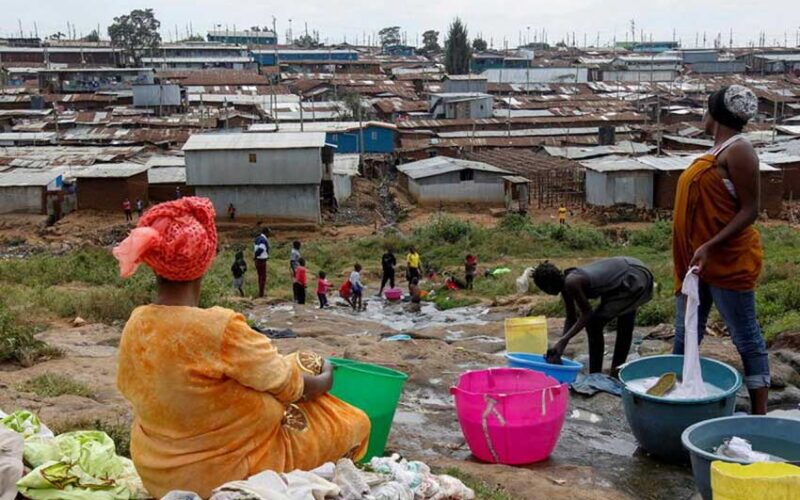
What is football’s carbon footprint?
WITH a fan base of 3.5 billion – nearly half the global population – football is the world's most popular sport and its carbon footprint is huge. With emissions created by energy use in stadiums, travel by fans and teams, broadcasting, the multibillion-dollar market for kits and other merchandise and even matchday meals, the beautiful game takes a not-so-beautiful toll on the planet's climate. This weekend, thousands of football fans across Britain are being urged to make climate-conscious choices – from opting for plant-based meals to switching to green energy providers – as part of Green Football Weekend, a campaign to engage fans and…




